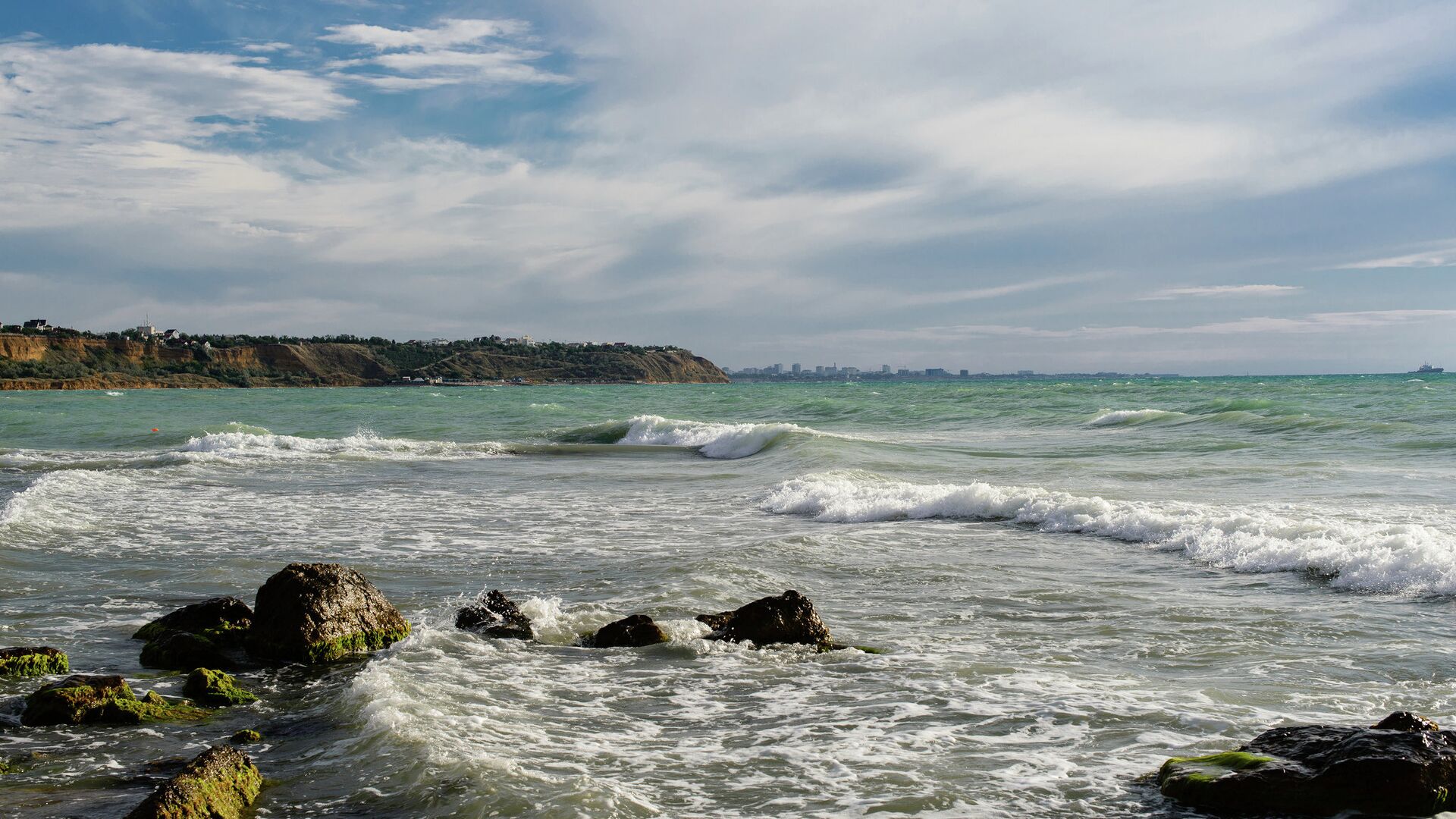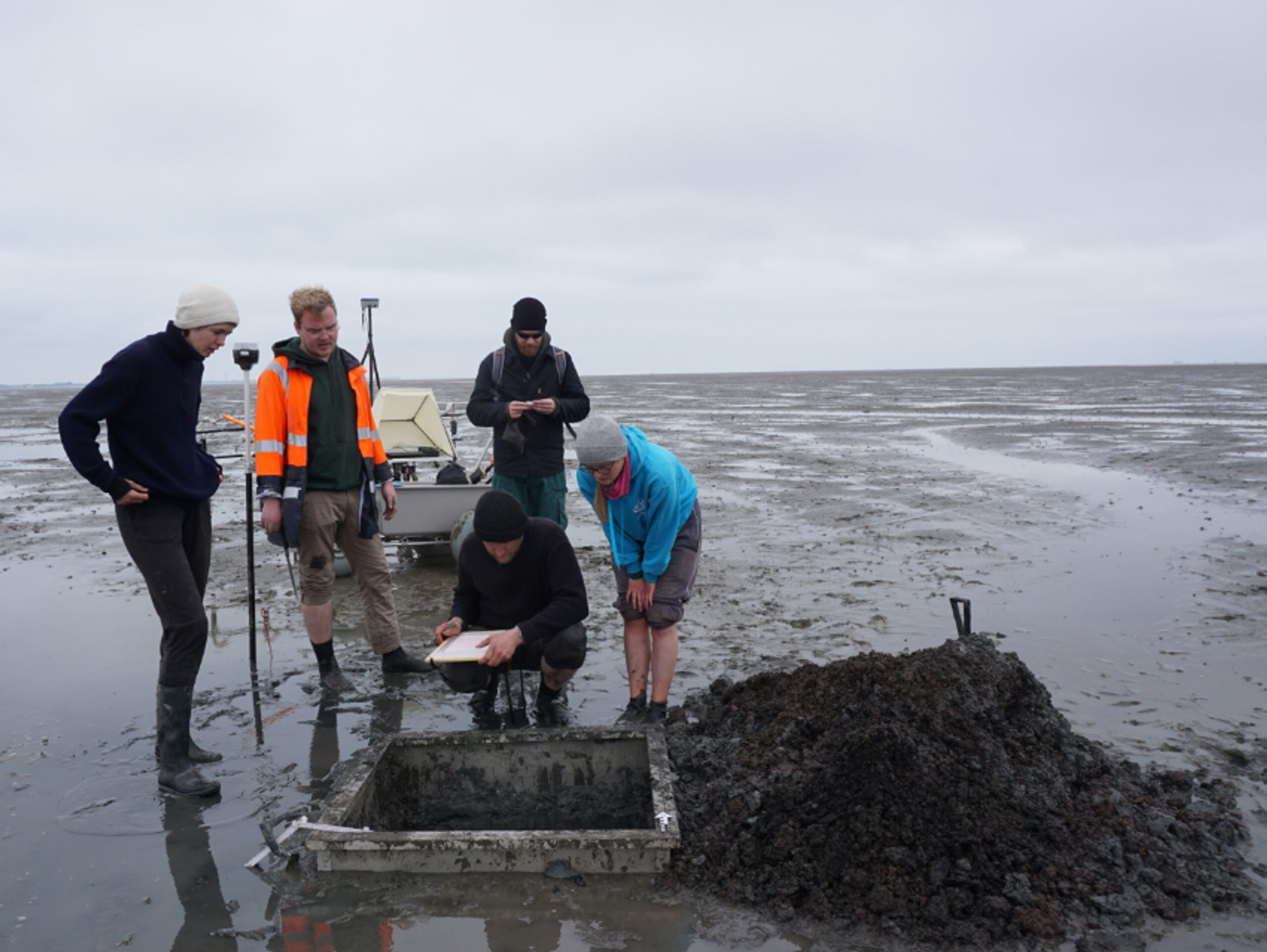https://sputnikglobe.com/20230606/medieval-town-swallowed-by-sea-for-prodigious-sins-found-off-coast-of-germany---1110945636.html
Medieval Town Swallowed by Sea For 'Prodigious Sins' Found Off Coast of Germany
Medieval Town Swallowed by Sea For 'Prodigious Sins' Found Off Coast of Germany
Sputnik International
A medieval German city swallowed up by the North sea back in 1362 appears to have been discovered by a team of researchers.
2023-06-06T13:38+0000
2023-06-06T13:38+0000
2023-06-06T13:38+0000
beyond politics
science & tech
archaeology
north sea
atlantis
https://cdn1.img.sputnikglobe.com/img/102561/92/1025619211_0:108:2048:1260_1920x0_80_0_0_00ae96a749aa13f901348ebefcbe4c1f.jpg
A city swallowed by the North Sea back in 1362 appears to have been discovered by a team of researchers.The church of what was once a medieval German trading hub - Rungholt - was found in the mud flats of the Wadden Sea, about 10 miles off the west coast of Schleswig-Holstein during low tide. There is also a wealth of mysterious lore and legend linked to the now-submerged town. But first, let's take a closer look at how the remarkable discovery was made.A team led by archaeologists from Christian-Albrechts University, Kiel, were mapping the site in question resorting to a geophysical survey when they came across a series of medieval mounds. These protrusions were circling an island which is currently named Südfall. An investigation of the tidal flats revealed a large church, that measured 40m by 15m, channels for drainage, a dyke designed to ward off floods, and a harbor with a system of tidal gates made of wood.The collaborating team of experts at Kiel University, Johannes Gutenberg University Mainz, the Center for Baltic and Scandinavian Archaeology, and the State Archaeology Department Schleswig-Holstein in Germany seems to prove the truth of what the late local farmer/historian Andreas Busch believed as far back as in the Twenties - that Rungholt was hidden in the silt off the coast of northern Germany.Rungholt was first settled by people from the Frisian mainland sometime in the 8th century. The previous findings indicate that traders would bring weaponry, pottery, and jewelry here from as far as Spain. According to legend, the residents of the then-thriving town led such a sybaritic life of wealth that they indulged in a plethora of sins, such as drunkenness, arrogance and impiety.One enormity said to have been perpetrated in the town occurred around Christmas when a bunch of rowdy, intoxicated youths tried to force a priest to give a pig the last sacrament at a local inn. After the cleric prayed to God to punish the young men, a relentless storm destroyed Rungholt and thousands perished in the waves.According to lore, the sound of its bell tower could be heard from the depths of the North Sea.
north sea
Sputnik International
feedback@sputniknews.com
+74956456601
MIA „Rossiya Segodnya“
2023
News
en_EN
Sputnik International
feedback@sputniknews.com
+74956456601
MIA „Rossiya Segodnya“
Sputnik International
feedback@sputniknews.com
+74956456601
MIA „Rossiya Segodnya“
medieval german city, city swallowed by sea, rungholt, sunk in storm, archaeologists, mud flats,e wadden sea,christian-albrecht university, kiel, mapping site, geophysical survey, medieval mounds, südfall island, remains of church, dyke, settlement remains, hidden under the mudflats, geophysical methods, magnetic gradiometry, electromagnetic induction, seismics
medieval german city, city swallowed by sea, rungholt, sunk in storm, archaeologists, mud flats,e wadden sea,christian-albrecht university, kiel, mapping site, geophysical survey, medieval mounds, südfall island, remains of church, dyke, settlement remains, hidden under the mudflats, geophysical methods, magnetic gradiometry, electromagnetic induction, seismics
Medieval Town Swallowed by Sea For 'Prodigious Sins' Found Off Coast of Germany
A mythical aura has long surrounded a medieval German settlement that sank in 1362 after being pummeled by a ferocious storm. It has been dubbed by some as the Atlantis of the North Sea, and spawned numerous legends.
A city swallowed by the North Sea back in 1362 appears to have been discovered by
a team of researchers.The church of what was once a medieval German trading hub - Rungholt - was found in the mud flats of the Wadden Sea, about 10 miles off the west coast of Schleswig-Holstein during low tide. There is also a wealth of mysterious lore and legend linked to the now-submerged town. But first, let's take a closer look at how the remarkable discovery was made.
A team led by archaeologists from Christian-Albrechts University, Kiel, were mapping the site in question resorting to a geophysical survey when they came across a series of medieval mounds. These protrusions were circling an island which is currently named Südfall. An investigation of the tidal flats revealed a large church, that measured 40m by 15m, channels for drainage, a dyke designed to ward off floods, and a harbor with a system of tidal gates made of wood.
The collaborating team of experts at Kiel University, Johannes Gutenberg University Mainz, the Center for Baltic and Scandinavian Archaeology, and the State Archaeology Department Schleswig-Holstein in Germany seems to prove the truth of what the late local farmer/historian Andreas Busch believed as far back as in the Twenties - that Rungholt was hidden in the silt off the coast of northern Germany.
"Settlement remains hidden under the mudflats were first localized and mapped over a wide area using various geophysical methods such as magnetic gradiometry, electromagnetic induction, and seismics," Dennis Wilken, a geophysicist at Kiel University, said in a press release.
Rungholt was first settled by people from the Frisian mainland sometime in the 8th century. The previous findings indicate that traders would bring weaponry, pottery, and jewelry here from as far as Spain. According to legend, the residents of the then-thriving town led such a sybaritic life of wealth that they indulged in a plethora of sins, such as drunkenness, arrogance and impiety.
One enormity said to have been perpetrated in the town occurred around Christmas when a bunch of rowdy, intoxicated youths tried to force a priest to give a pig the last sacrament at a local inn. After the cleric prayed to God to punish the young men, a relentless storm destroyed Rungholt and thousands perished in the waves.
According to lore, the sound of its bell tower could be heard from the depths of the North Sea.




